SakenowaRecord your sake experiences and discover your favorites
姿Sugata
Flavor Chart®
A chart created from flavor analysis of user comments.

Flavor Tags ®
Tags generated from flavor analysis of user comments.
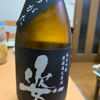
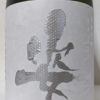
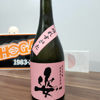
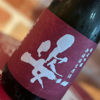
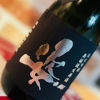
Popular Comments
After three days of rest and after a night shift, it's been a while since I've seen you🙏.
It's the first time I've ever had it, but the sweetness and flavor of the figure fills my mouth 😋.
This is the first time I've had it.
I paired it with nabe, but I think it's better to drink it by itself or with a small dish rather than as a food sake🤔.
The alcohol content is high at 17.5%, so I'm savoring it slowly (*'omega'*).
Japanese>English
Brands from Iinuma Meijo
SuginamikiSugata
Similar Brands
We analyze the flavors based on everyone's comments and select similar brands.
Musubi YuiSimilar Characteristics
Kawanakajima GenbuSimilar Characteristics
Glorious Mt.FujiSimilar Characteristics
WSimilar Characteristics
Location
850 Nishikata, Tochigi,Open in Google Maps
Related Articles
8種類の酒米で日本酒を仕込む!─ 栃木県・飯沼銘醸が醸す「姿 純米吟醸 無濾過生原酒 八種米」の誕生秘話 | 日本酒専門WEBメディア「SAKETIMES」
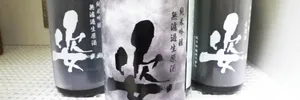 醪(もろみ)の仕込み方法において、基本とも言える三段仕込み。酒母を造ったのち、「初添」「仲添」「留添」の3回にSAKETIMES | 日本酒をもっと知りたくなるWEBメディア
醪(もろみ)の仕込み方法において、基本とも言える三段仕込み。酒母を造ったのち、「初添」「仲添」「留添」の3回にSAKETIMES | 日本酒をもっと知りたくなるWEBメディア「姿」を醸す栃木・飯沼銘醸の酒造りとの向き合い方 | 日本酒専門WEBメディア「SAKETIMES」
 栃木県西方町にある飯沼銘醸では、8代目蔵元杜氏、飯沼徹典さんがお酒を醸しています。 栃木県は越後出身の蔵元が多SAKETIMES | 日本酒をもっと知りたくなるWEBメディア
栃木県西方町にある飯沼銘醸では、8代目蔵元杜氏、飯沼徹典さんがお酒を醸しています。 栃木県は越後出身の蔵元が多SAKETIMES | 日本酒をもっと知りたくなるWEBメディアTimeline
Sugata初すがた おりがらみ
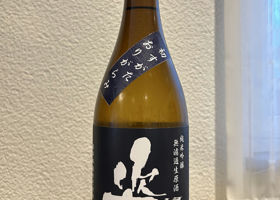
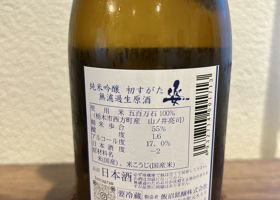
fuku
Hatsuzomi: Origami (Origami): ❣️
The umami and sweetness of rice can be felt well.
The lingering aftertaste of moderate acidity is pleasant and good 😊.
Good balance that you can drink it smoothly even though it has 17% alcohol content 👍
It's a good balance of alcohol 17% but it's easy to drink 👍
Japanese>English
ジェイ&ノビィ
Hi fuku😃.
I thought 🤔 that's not true 🤔 that's the first time I've seen your name 😅 it's the first time I've seen your name 🤗 unmai...
Japanese>English
fuku
Hi Jay & Nobby😃
The figure ❣️ was delicious 😋 My wife loved it too and we emptied it fast👍.
Japanese>English


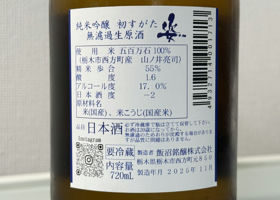
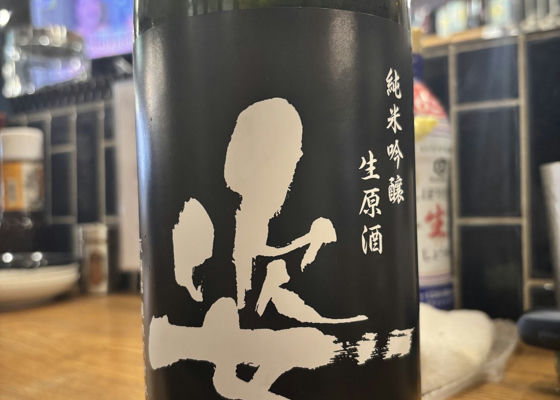
asa
At taverns.
Japanese>English
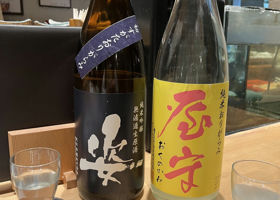
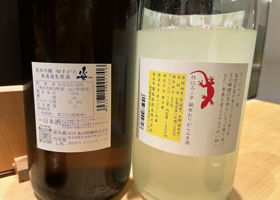
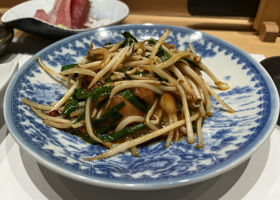
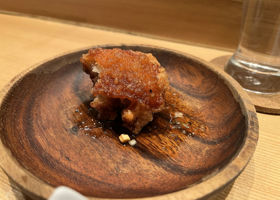
しんしんSY
We each had two cups of Kouei Kiku and asked the manager for the next one.
Here we go, another Nigolympics!
Sigeki and Yamori
Let's start with the sashimi!
I got it for the fifth year in a row!
A little bit of yellowtail!
But sweet and delicious!
Since we skipped the first course, the quantity was moderate!
Usually, I order Bean-curd soup with Bean-curd, but this time, I had stir-fried white liver with leek.
Let's get energetic!
extensive knowledge
Rice] 55% polished rice, Gohyakumangoku produced in Tochigi Prefecture
Alcohol content】17.0度
Yeast] Association 1801 yeast
Sake meter] -2
Acidity】1.6
Japanese>English
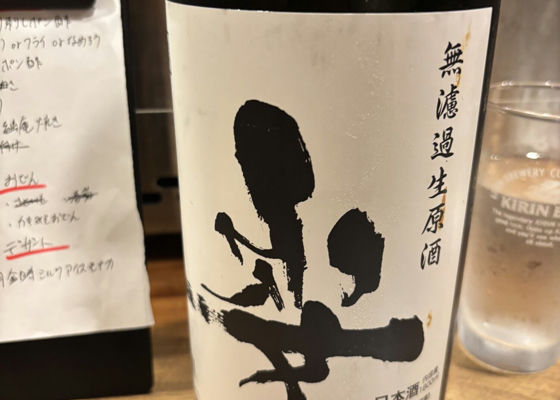
m
It was also delicious!
Japanese>English
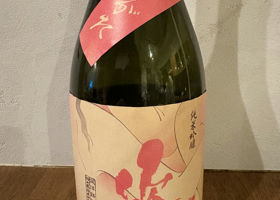
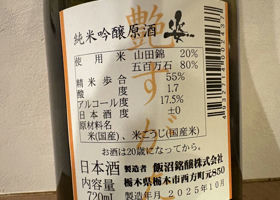
いわじん
The rice is made from gohyakumangoku (five hundred million stone) and the alcohol content is a little high. I like it!
Japanese>English
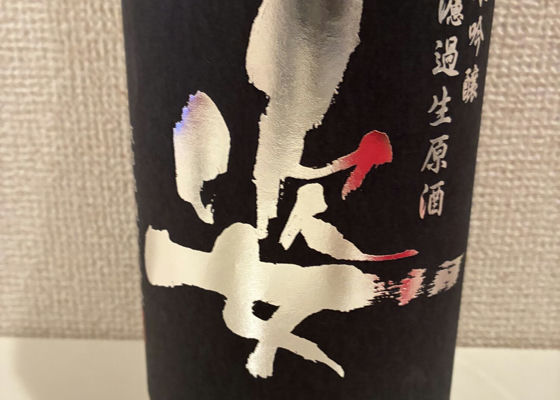
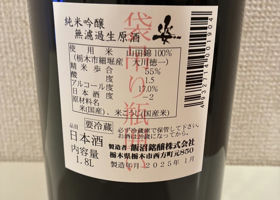
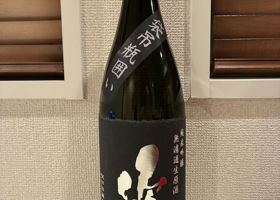
JJ13
Mouthwatering, juicy, fruity, stable flavor, don't drink too much.
Japanese>English
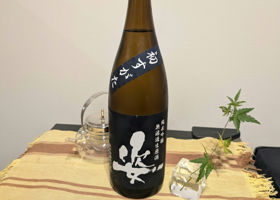
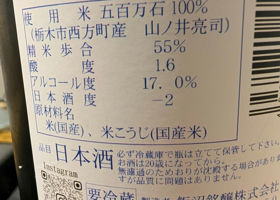
BacchusNY
Purchased because of the name, this is my companion for tonight. When the bottle is opened, the aroma is subdued. The smell of alcohol is strong on the nose, but there is also a hint of sweetness. In the mouth, it has a strong flavor as a pure sake. The sweetness is followed by a hint of melon, and finally a strong bitterness
A strong bitterness lingers in the mouth. The katsuo dashi ponzu vinegar with soaked kintoki grass rounds out the bitterness of the sake and is delicious! It also goes quite well with the garland chrysanthemum/persimmon/blue cheese/cured ham/balsamic dressing! The Chicken Chicken Sasami Shrimp Chili Style is also available, with the sweetness of the dish turning the sake into a neat and dry one.
The bitterness seemed bitter at first, but it was an enjoyable sake that went well with the dish!
Japanese>English

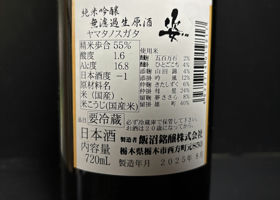
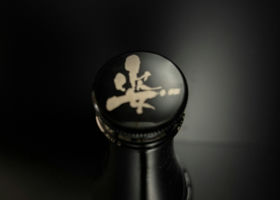
つぶちゃん
The last of the sake offerings... local Tochigi sake
My son's favorite "Sagata
And my favorite "Yamatanosugata" 🍶.
Sake brewed with 8 kinds of sake rice!
The soft mouthfeel and concentrated
The umami is concentrated from the soft mouthfeel...
You can feel various flavors one after another.
And yet, it is well balanced.
It's quite rich!
In celebration of her 70th birthday, Dora-chan
Dora gave it to us with her own money.
My son took all the leftover sake home with him 😄.
Oh, and he drank all the Katsuma 😚.
I haven't had a drink since that day...
It's been two weeks since my mother passed away... (it's so early)
I'm still full of tears...
I think I will drink tonight... 😌.
Japanese>English
kan
Good evening, Tsubu.
It's always nice for parents to see their children in good health, enjoy the drink 🍶.
I'm sure your mom is watching👍
Japanese>English
ムロ
Tsubu, if you feel like drinking, it's ok 😁.
Let's drink slowly ☺️
I'll join you tonight ❣️
Japanese>English
chika
I'm sorry to hear of your loss.
I am sorry and saddened, but
In my heart
You have your mother 😭👍
Japanese>English
つぶちゃん
Good evening, kan😄.
Thank you for your concern 🙏.
Yes, "Why are you crying so much?" I can almost hear my mother's voice 💦.
I drank tonight for the first time in a long time 😚.
While crying 🤣
Japanese>English
つぶちゃん
Thanks, Muro: ☺️
I did drink tonight 🍶.
I'm still in tears, but I'm ready to drink 😉.
We're having a lot of that thing... and Mr. Muro is drinking his favorite thing: ❣️
Japanese>English
つぶちゃん
Thank you, chika, and thank you here: ☺️
Yes, I know! I can see it in your heart... and in your face too 🤣 that makes me cry too 😅.
I'm ready to drink even though I'm crying, so...
Please keep up the good work!
Japanese>English
ポンちゃん
Tsubu-chan, I know it's late, but I'd like to offer a toast.
I know it's still hard and painful, but please cry a lot. You can cry while eating and drinking, I'll be back soon 🥹.
Most importantly, I'm glad you're drinking 😌.
Japanese>English
つぶちゃん
Thanks, Pon-chan 🙏.
I don't know, I still don't feel it yet...
I'm still not feeling it yet... and when I suddenly think that he's gone... it makes me cry 😭I think I'm going to cry for a while longer😢.
I'll take it slowly 😌🍶.
Japanese>English




sakepower
First appearance of the year: ‼️
It has a fruity feel that is not like Gohyakumangoku 🍈.
The lingering taste is slightly bitter for a long time 🍈.
I don't remember last year's finish at all... 😅
Japanese>English
Sugata純米吟醸 無濾過生原酒
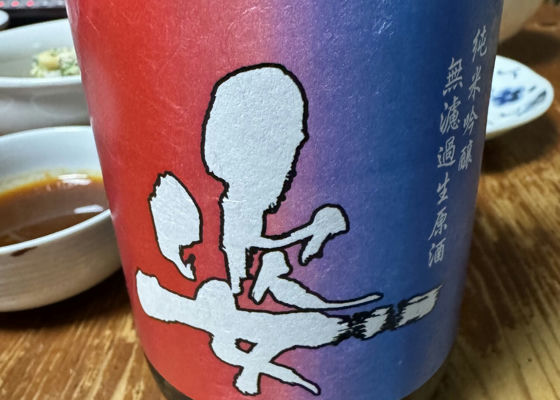
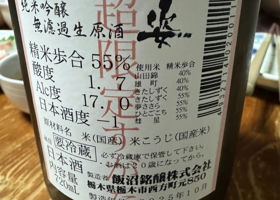
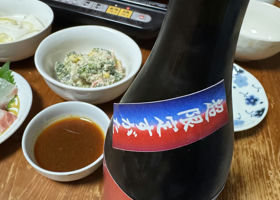
らんどっち
Super Limited Edition Sugata
Perhaps because it is a blend of seven different sake rice varieties
Super rich!
It also has a sweetness that makes it delicious on the rocks!
This time, I drank it with a hot pot of sesame paste with sweetened sauce.
Japanese>English
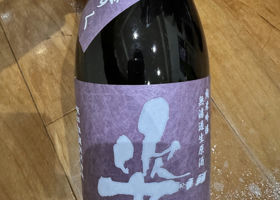
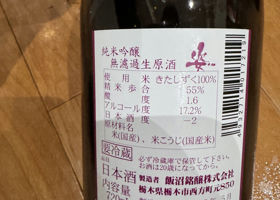
Fuma#9
A little sweet and easy to drink.
It has a slightly spicy aftertaste, so it's good for a sipping sake!
Delicious 😋.
Japanese>English
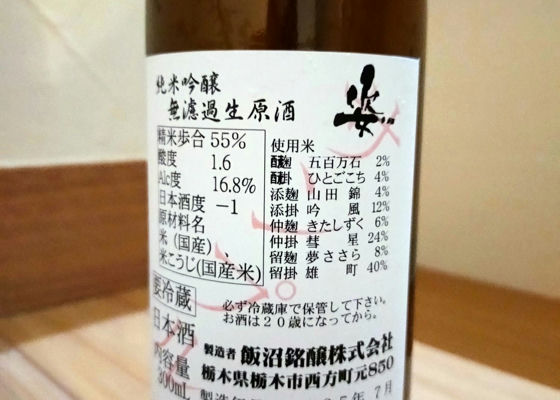
しげー
4.4/5.0
As usual, the sweet aroma and mouthfeel are typical of the figure, and the taste is rich. From here, it has a slightly bitter and mature taste.
The snack was dumplings, but I would recommend something nutty.
Japanese>English
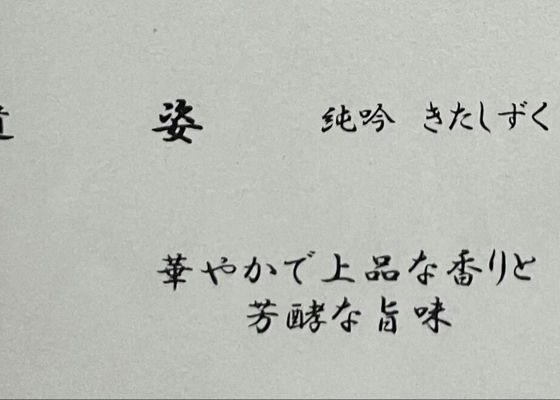
しん栗
Early Year's Eve Party 🍾 Part 2 🍾.
It says Hokkaido, but isn't the brewery in Tochigi?
The sake rice is from Hokkaido though...
It was sweet and robust and better than I expected ✨.
Japanese>English

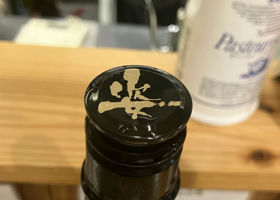
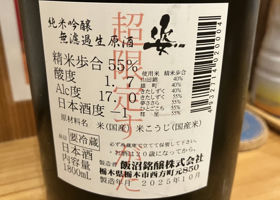
くまくま
Tonight's sake tasting set of three. We will start with a very limited Sugata, a blend of 6 different types of sake rice from Tochigi🌈.
Japanese>English
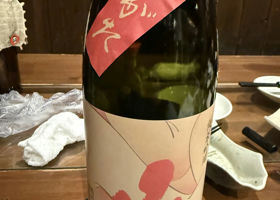
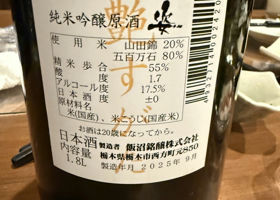
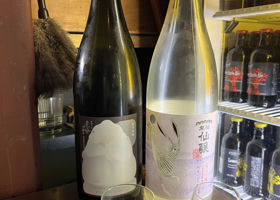
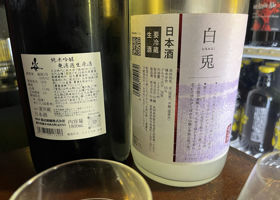
しんしんSY
I found a rare sight 💡.
But this aroma is a bit?
The first impression I had, and even afterwards as I drank more and more, it didn't change
I wonder what it is?
The taste is good, but
It's strange.
I wonder if this is how Aikoku is like.
Let's compare it again when we drink other Aikoku!
knowledge of what it tastes like
Alcohol content 17.5
Rice used: 100% Aikoku No. 3 from Tochigi Prefecture
Rice polishing ratio 55
Yeast used
Sake meter degree ±0
Acidity 1.7
Nama/Hiire Nama
Japanese>English